In this lesson, we will focus on one of the most important lessons of networking. This important lesson is switching. We will learn, what is switching, switching techniques, types of switching and more. Beside we will learn many things about the widely used network equipment, switches.
Switching is done by switches basically. Switches are the basic network equipment that exist almost all networks. They are widely used network devices that has many ports and the swicthing process is done between these ports. So, what is a switch and what is swithing basically? Let’s firstly explain these terms.
Table of Contents
What is Switch?
A switch is a basic network equipment that is widely used almost in all network types. They are responsible for switching in a network. Basically, they take the packets and device the destination according to the tables inside it and then it forwards the packet to the destination.
There are different types of switches. Some of them are used for small networks and for lower tasks and some of them are used for large networks and for too many tasks. According to their usage, we can divide switches into two:
- Layer 2 Switches
- Multi Layer Switches
Layer 2 Switches are used in layer 2 of OSI Model or in the second layer of TCP/IP model. They are the basic switches that are smart and provide high port density in networks. Generally, layer 2 switches are called also Ethernet switches. They are generally cheap network devices. They are responsible basic switc hing activities.
Multi Layer Switches work in both layer 2, layer 3 and layer 4. Multi Layer Switches are very strong and expensive devices. They do both switching and routing activities. They provide high port density also. Multi Layer Switches are widely used in the edge of the service provider networks and service definitions are done on these devices.
What is Switching?
Switching is one of the most important process in network World with routing. So, what is swithing? Swicthing is the process of forwarding incoming packets from a port, to another port.
In switching there are two keywords for the ports used in this process. These are: Ingress port and Egress port. Ingress port is the port that the packet comes and the egress port is the port that the packet is forwarded.
Commonly, swithcing can be divided into two categories according to connection type. These are:
- Connectionless
- Connection Oriented
Connectionless Switching is the swithcing type that do not require any connection before the process. With the help of forwarding tables, switc hing process occurs.
Connection Oriented Switching is the swicthing type that requires a connection between two endpoints that the switching will be done. In other words, a circuit is established. The data is forwarded over this circuit in this type of swiching.
Types of Switching
Different switching techniques can be used in different applications. So, what are these types? These are:
- Circuit Switching
- Packet Switching
- Message Switching
Now, let’s check each of them one by one.
Circuit Switching
Circuit switching is the swithcing type with which dedicated communication paths (circuits) are used. In this type of switchhing, a dedicated circuit (path) is established and the communication occurs over this circuit. During the session this path remains and after termination of the communication, circuit is also terminated.
In Circuit swithcing, the circuits can be permanent or temporary. According to your need, you can select one of these types.
There are three phases of Circuit switcing. These Circuit Switching phases are:
- Circuit Establishment
- Data Transfer
- Circuit Disconnect
Circuit swicthing can be used in various applications. Especially voice applications are suitable for this type of switchng. For example, public telephone lines are very good example for this type. The communication in telephone is done over circuits between caller and the destination.
There is an important mechanism in Circuit Switching. This is Acknowledgement system. Before data transmission, a request signal is sent to the receiver and after that receiver sends an Acknowledgement that shows the availability of the circuit. After this Acknowledgement, data transmission starts.
What are the advantages of Circuit Switching?
The advantage of this type of swicthing is using dedicated channels. These dedicated channels are fixed channels that are used specifically for this communication.
What are the disadvantages of Circuit Swicthing?
In Circuit Switching, session establishment need for time so this causes more delays.
The dedicated channel has advantages but they are expensive. So, this is an expensive solution. Beside this, if you do not use it enough, your resource can be wasted.
This type works on dedicated paths. So, you can not use another data over this channel.
Packet Switching
Packet Switching is another type that is done mainly dividing the message into smaller packets. By doing this, each packet become independent and with its own header, it can follow an independent path from other packets. In this type of switch ing, resource demand is less.
In the header used in packet swicthing, there are different information about the packet like source ip address, destination ip addresses, sequence number etc. Here, each packet has a unique sequence number that provides identification of the packet at the destination. At the destination, the packets can be received in the correct order. After receiving the packets in the correct order, the acknowledgement is sent.
In packet switching, there are different techniques for data prioritization. Any data packet can be sent with a better priority with a better condition. Another packets can be sent over different priorities and conditions.
There are two approaches to Packet switchng. These are:
- Datagram Packet
- Virtual Circuit
Datagram Packet Swicthing is also known as Connectionless Switching. Here, the packets include the destination information and this information is used to determine the correct destination. Each packet treated independently and at the other end, packets reassembled again. In Datagram Packet Swithcing, there is no fixed path. The path is determined with routing decision.
Virtual Circuit Switching is also known as Connection-Oriented Switching. Here, call request and call accept messages are used to establish a session between receiver and the sender. There is a fixed predetermined circuit in this type of swithcing.
The most important example for packet swithcing is Internet. Internet uses packet swithcing technique and every packet on internet can be sent independently with specific behaviours and conditions.
What are the advantages of Packet Switching?
There are three main advantages of Packet Switch ing. These advantages are:
- Cost-effective
- Reliable
- Efficient
In packet swithcing, there is no need for store and forward mechanism. So, it need low resources. This make it a cost-effective solution.
The packet is sent another time if the destination is busy. So, this make packet switcing a reliable meshanims.
By using different channels at the same time and there is no need for a fixed path, packet switchin is an efficient mechanism.
What are the disadvantages of Packet Switching?
Beside its advantages, packet switching has also some disadvantages. So, what are the advantages of packet switching? Let’s explain these disadvantages one by one.
First of all, there are different protocols and concepts used in this type of switcing. The implementation and maintenance are difficult. There are a lot of expert engineering activities.
Secondly, packet swithcing cannot used for high quality and low delay required applications.
And lastly, if a packet corruption occurs in packet swithcing, critical information can be lost.
Message Switching
Message Switching is the technique that is similar to both circuit switch ing and packet swicthing. In other words, it is in the middle. In this type of swithcing, the entire packet is treated completely.
During the data transmission, the entire message is stored in each node and when the path is available, it is sent completely. Here, there is a buffer mechanism named store and forward, so this type of switching need more resources and it is a slow. So, this type of swithcing is good for the applications that do not need fast transmission.
In Message switching, there is no to establish dedicated circuit between originator and the destination. The message includes the destination address and according to this message, dynamic routing is done between the sender and the receiver.
What are the advantages of Message Switching?
First of all, Message Switching is an efficient mechanism. Because, the data channels are shared between devices.
Secondly, with Message Switching, traffic congestion is reduced. Because, there is a strore and forward mechanism.
The other advantage is, there is a prioritization mechanism in packet swithcing.
Lastly, the size of the message can be in different sizes in this type of switchig.
What are the disadvantages of Message Switching?
The disadvantages of message switching are related to store and forward mechanism. This mechanism needs sufficient resources and it causes long delays. So, it is not suitable for the applications that need fast transmission. And this type of switcing can be a little costly because of more resource requirement.


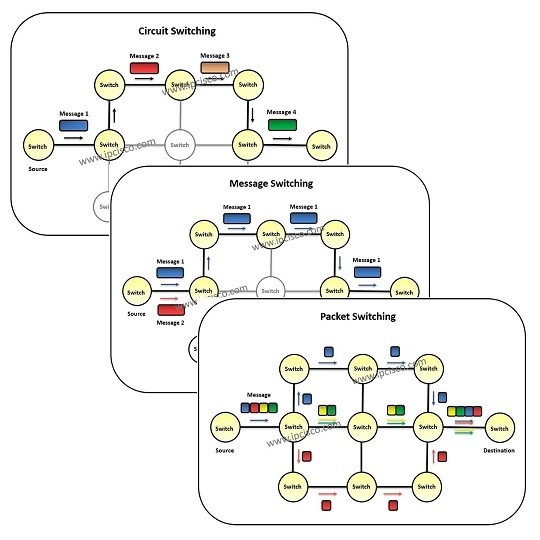
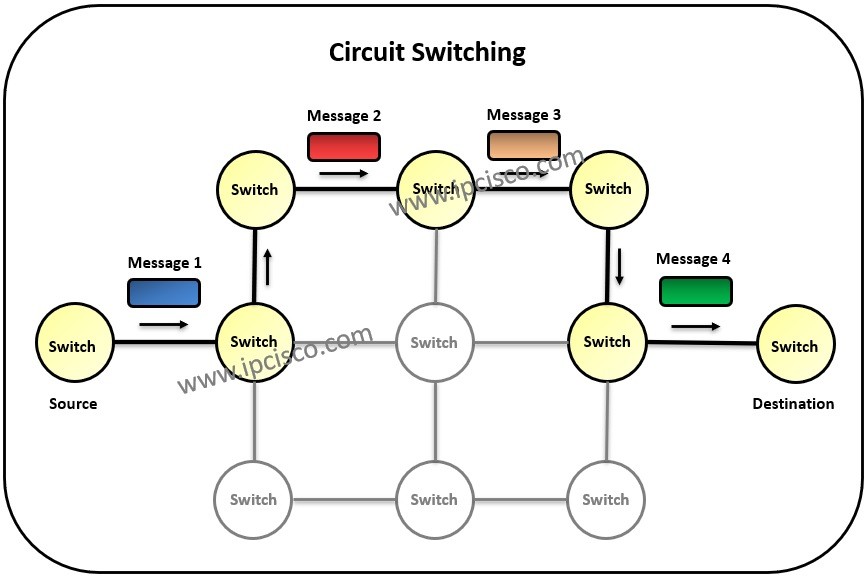
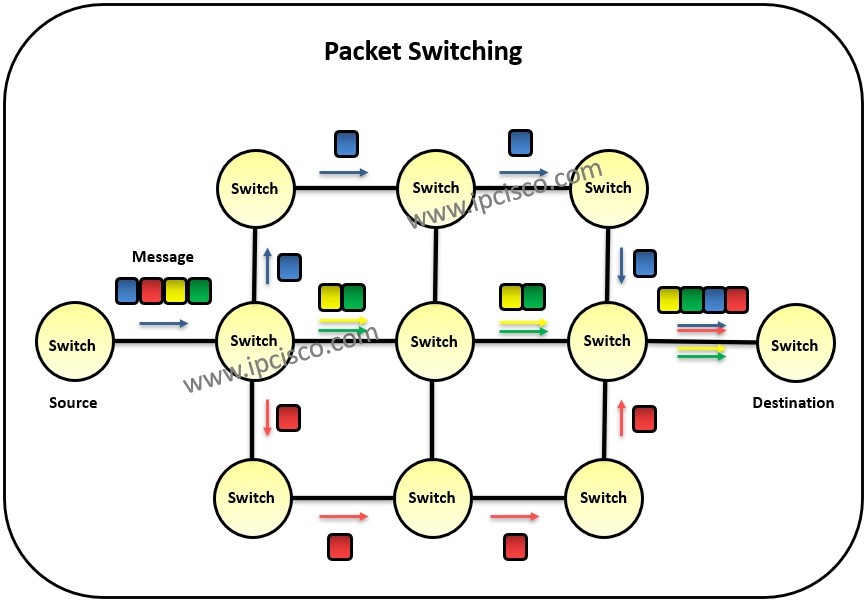
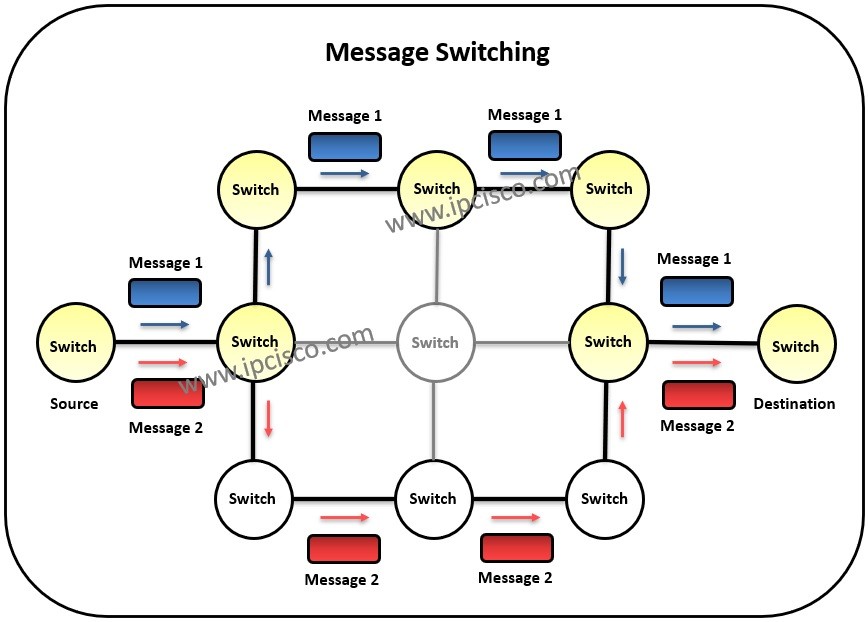
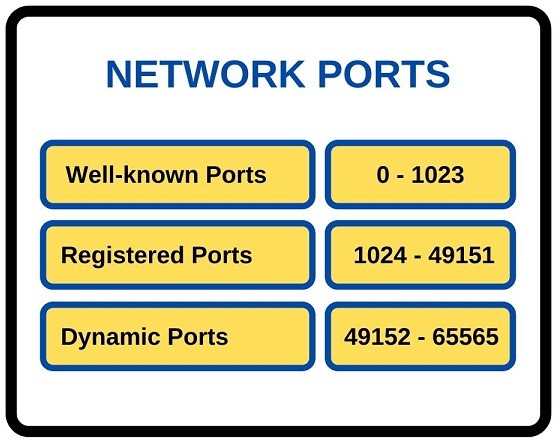

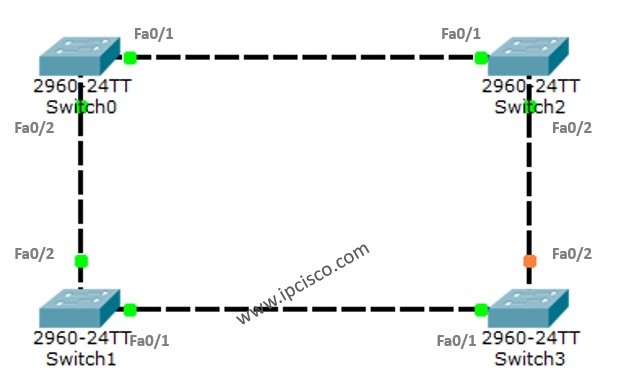
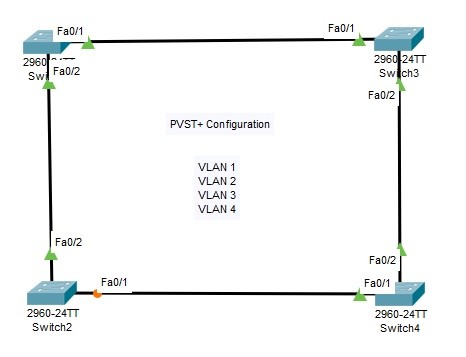
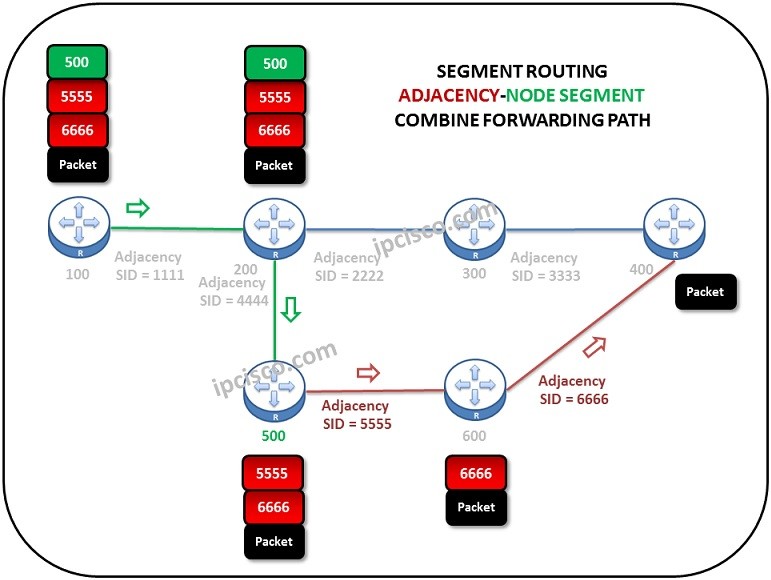

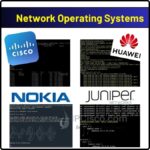
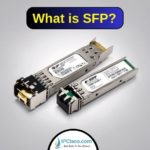


Leave a Reply